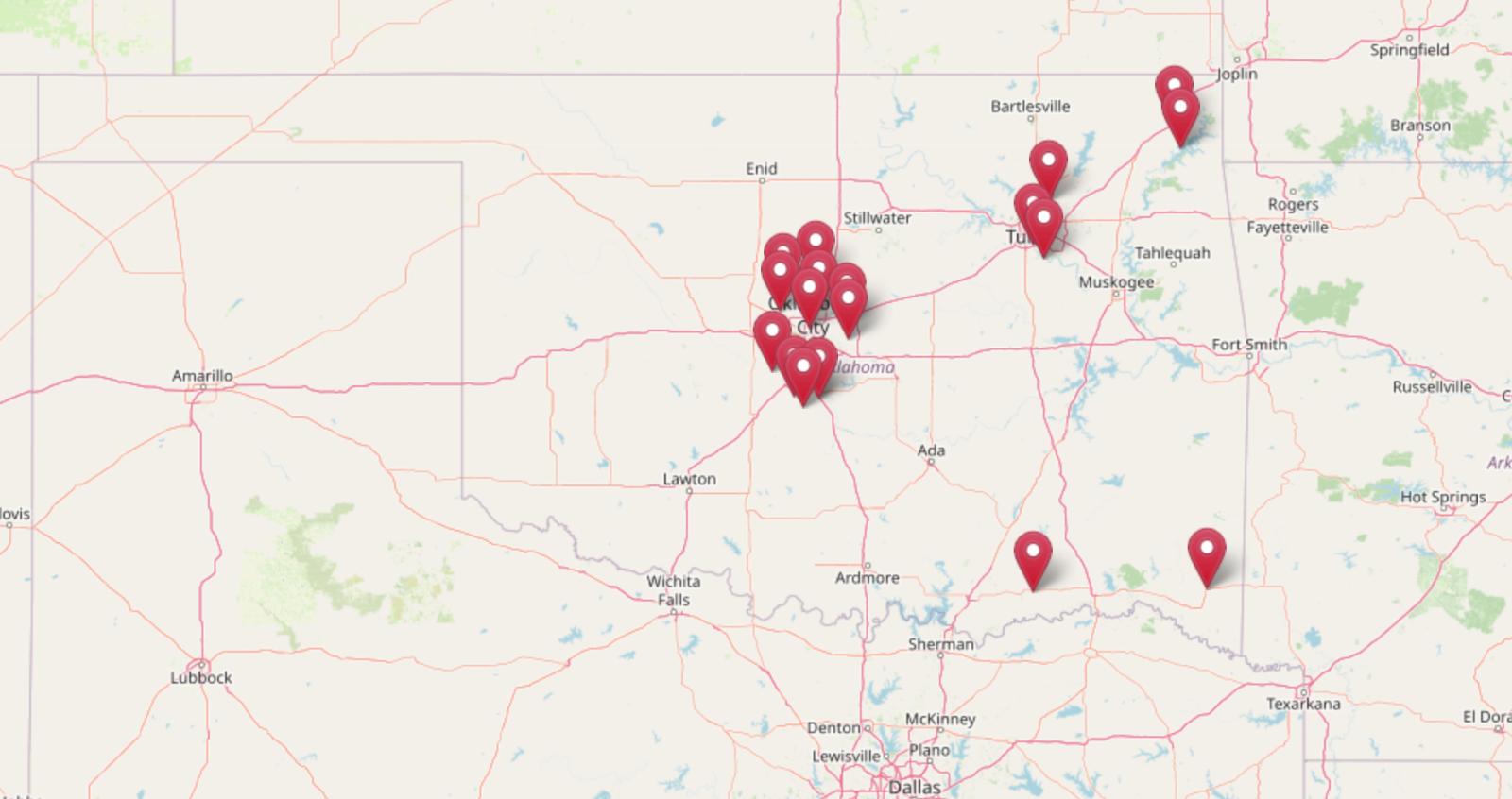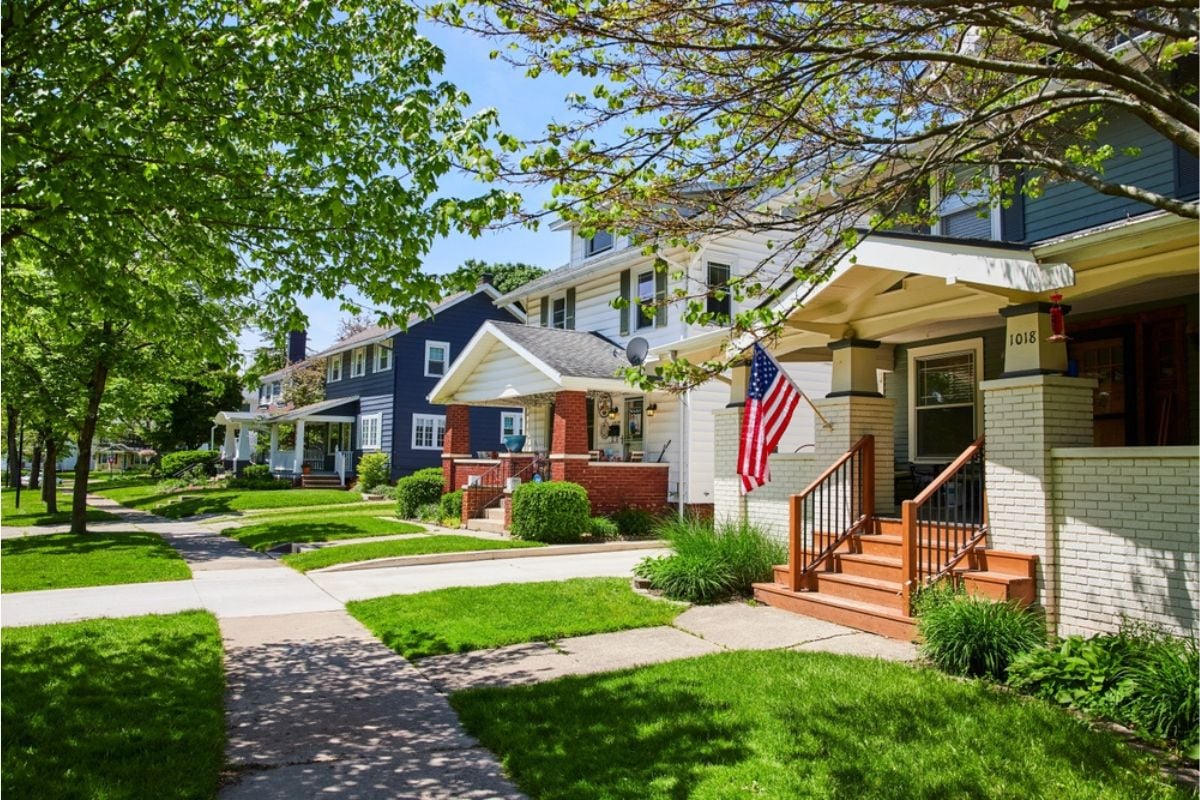
Every neighborhood has its charm, but not all red flags wave in plain sight. While most buyers check crime rates, schools, or commute times, many overlook the hyperlocal issues that make life on a single block either delightful or downright miserable.
From subtle infrastructure quirks to overlooked nuisances that only neighbors whisper about, these details can quietly chip away at property value and daily comfort. Before you fall in love with a house, take a closer look at its immediate surroundings—because sometimes, the deal-breakers are written right into the neighborhood itself.
25) Frequent power flickers and portable-generator use indicating a fragile local grid
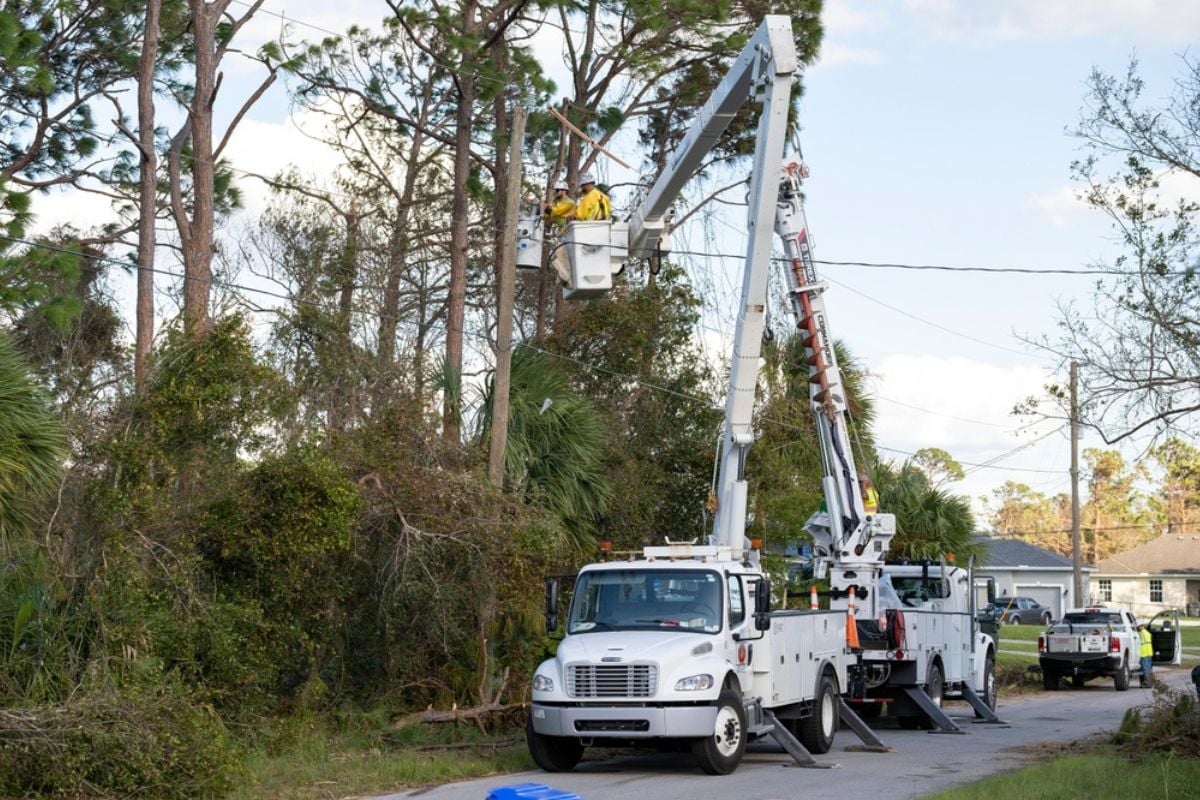
When porch lights regularly wink off and on, it’s not just annoying; it hints at an overtaxed feeder line or aging transformers serving this specific block. Flickers can shorten the life of HVAC compressors and appliances, and insurers sometimes flag repeated surge claims from the same street.
If you spot cords snaking to portable generators after routine rains or mild wind, residents may be improvising around an unreliable circuit rather than only after a rare storm. Ask the utility for outage history by substation and circuit, because reliability varies dramatically block to block—even within the same town.
24) Overhead flight path or helicopter corridor directly above the block
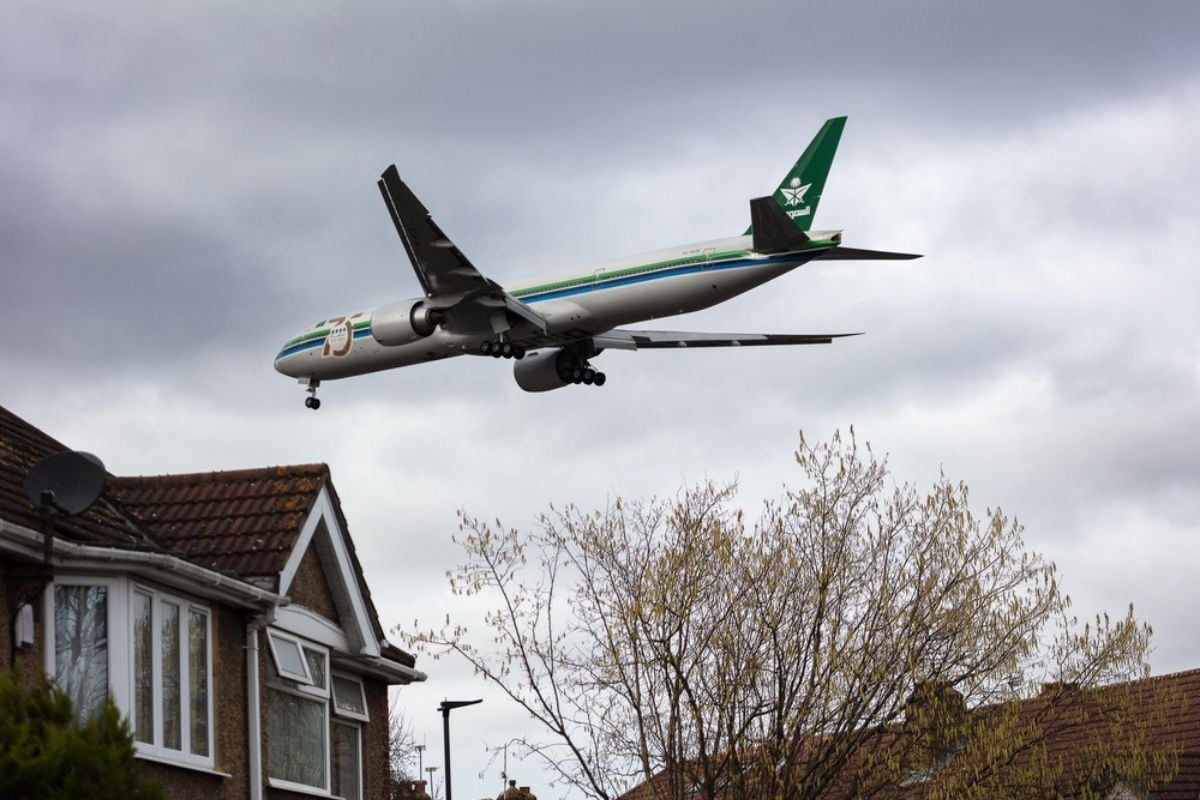
A street can look serene at noon and become a noise runway at 5 a.m. when cargo departures or medical helicopters spool up. Aircraft noise maps don’t always capture low-altitude routes that shift by runway configuration and wind, so only the immediate block’s experience really matters.
Beyond decibels, vibration and conversation disruption drive buyer regret, especially outdoors and with open windows. Visit at multiple times and use a flight-tracking app curbside to see how many flight lines pass exactly over the roofs you’re eyeing.
23) Monoculture street trees with brittle limbs or invasive roots
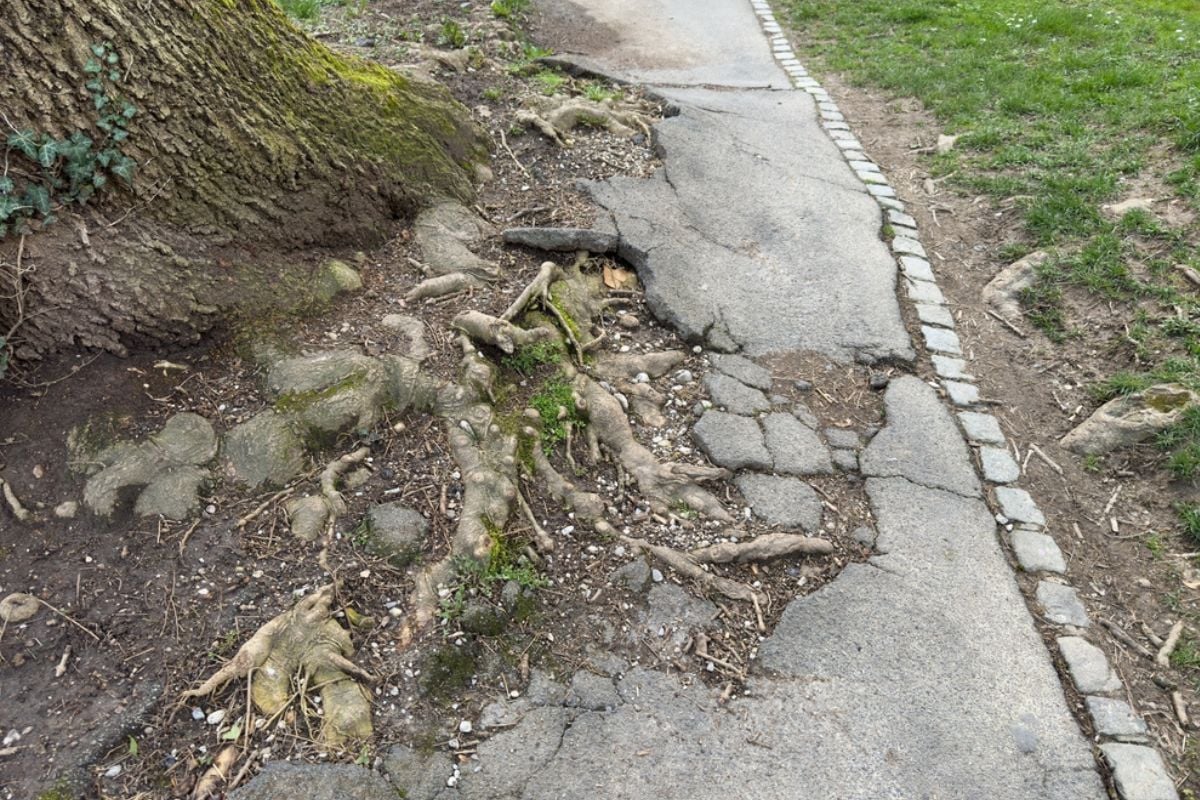
Blocks lined with a single species—especially aggressive-rooted or break-prone varieties—tend to share the same headaches at once. Uplifted sidewalks, root-invaded laterals, and synchronized limb drop after storms create both safety risks and recurring special assessments.
Replacement schedules often occur tree-by-tree over years, meaning long stretches of patchy shade and stump zones. Look for sidewalk heaves, repeated concrete scoring, and sewer cleanout caps in front yards—those are the block-level tells that roots are already winning.
22) Single-egress block backing onto a canyon or greenbelt (wildfire and evacuation bottleneck)
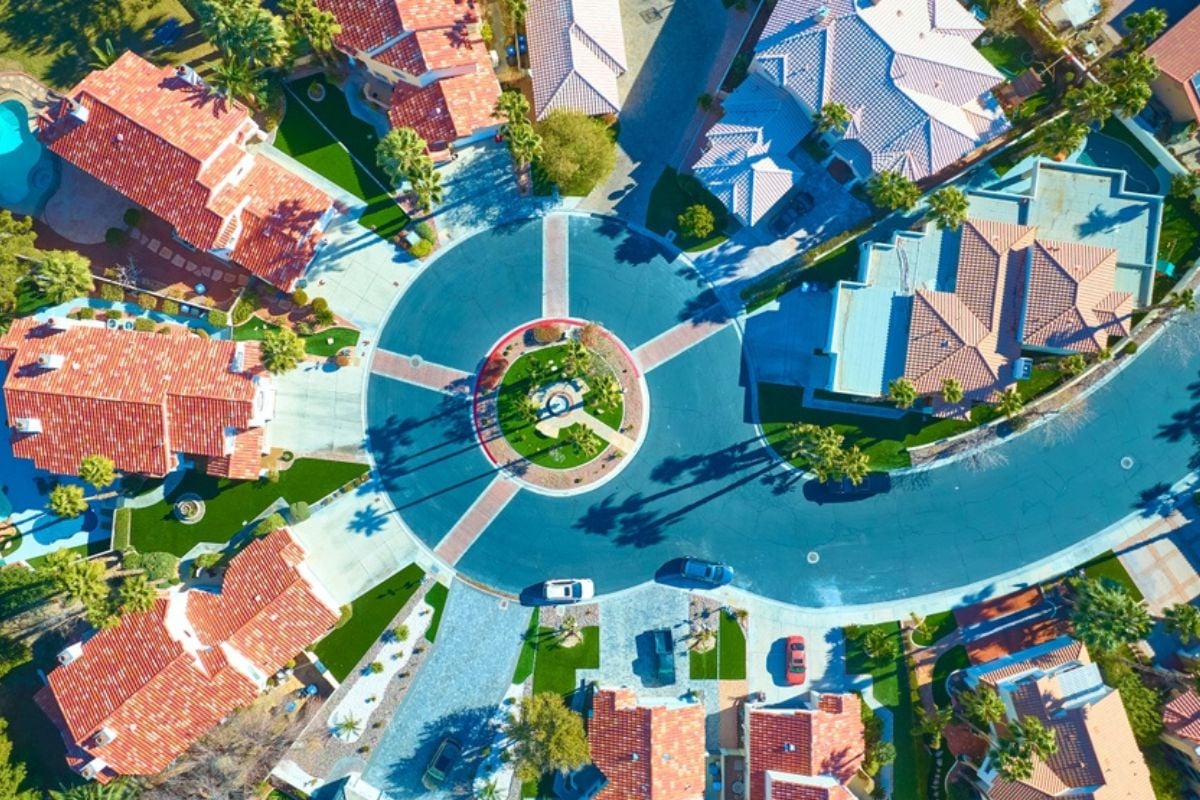
That cul-de-sac with a lovely ravine view can become a trap when there’s only one way out for dozens of cars. Evacuation modeling shows delays multiply on short, narrow blocks that feed into a single arterial, and that’s before first-responder staging.
Insurance underwriters and lenders increasingly price in egress quality, which hits this specific block harder than nearby grids with multiple exits. Check for fuel breaks, brush clearance on the canyon edge, and whether the neighborhood has practiced a street-level evacuation plan.
21) Telecom and utility cabinets crowding the verge
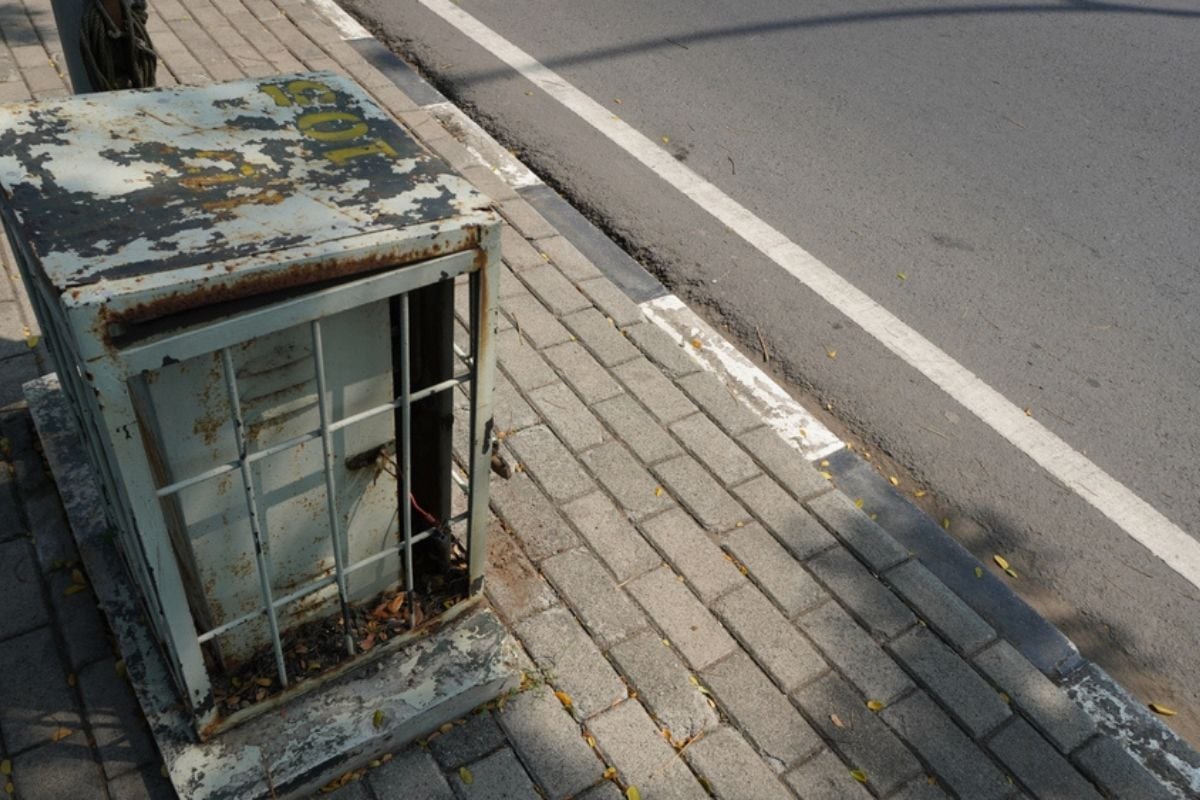
Those green or beige boxes humming at shin height aren’t just visual clutter; they can block stroller and wheelchair passage when placed in narrow verge strips. Cabinets attract graffiti, need service truck access at awkward hours, and sometimes emit a constant fan whirr that you only notice on quiet nights.
They also limit where trees can be planted and where driveways can expand, subtly shaping the whole block’s curb appeal. Walk the length of the street and note spacing, noise, and clearances—on this block, the cabinets might be the dominant “landscape.”
20) Setback and height inconsistencies hinting at spot variances or impending upzoning
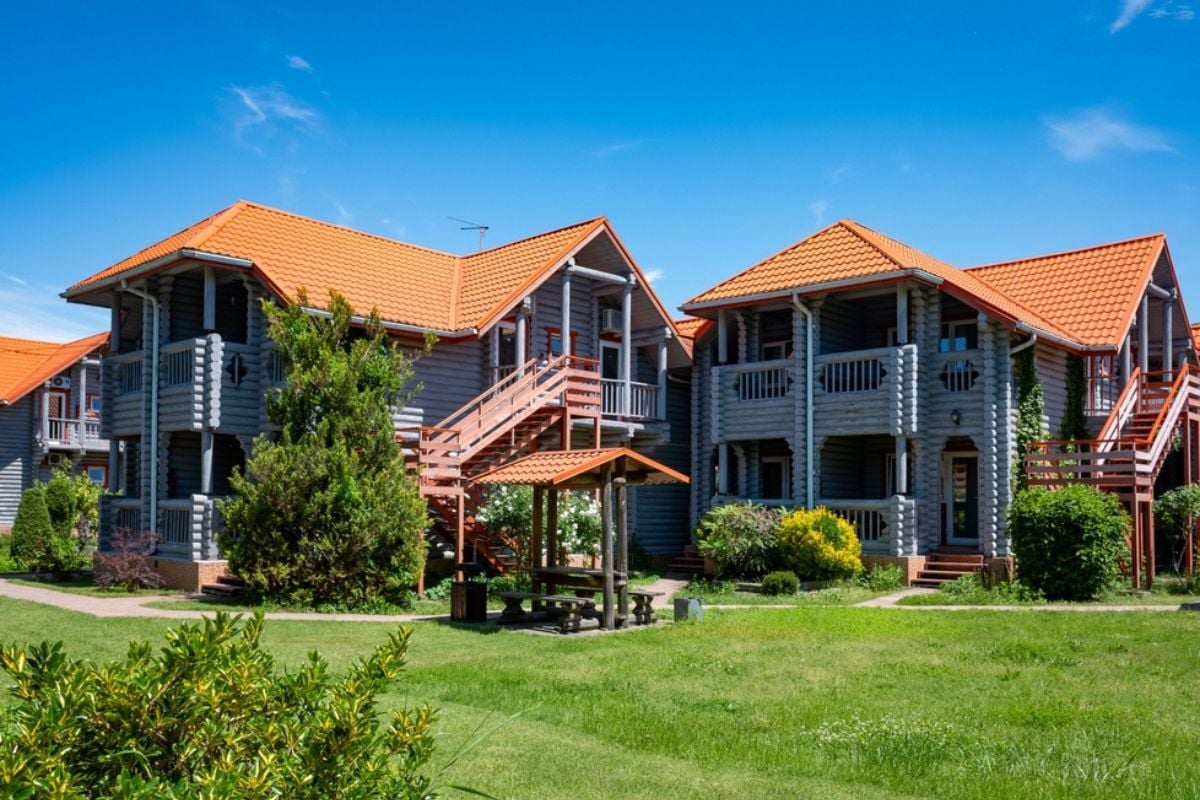
When one house juts forward or towers a story taller than its neighbors, it signals that the block’s envelope rules are already flexing. That can presage more tear-downs or additions as others chase the same variance precedent, changing street character and shade patterns fast. It also shifts parking demand and sightlines at driveways—block dynamics you feel daily, not citywide averages. Pull recent permits by address on this block to see what’s being granted here, not just in the broader district.
19) “Private road” or unaccepted alley the city doesn’t plow, pave, or light
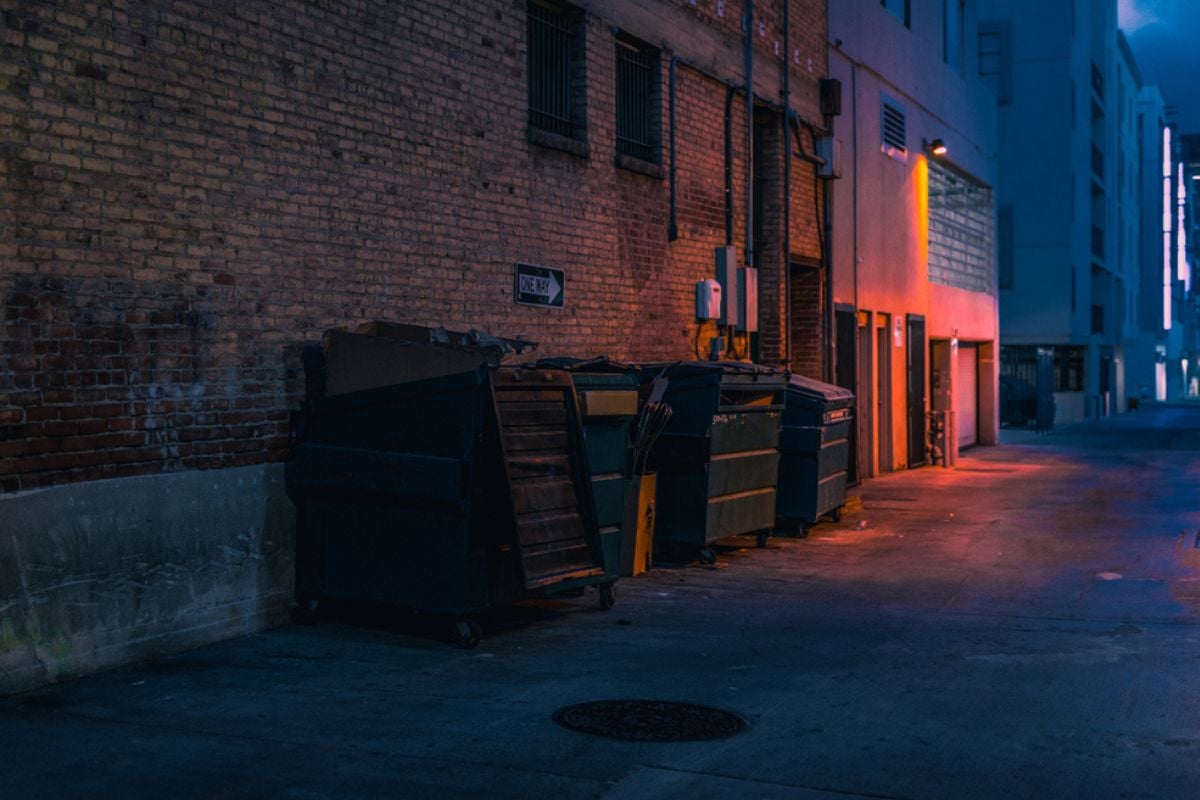
On some blocks, the pavement looks public but the maintenance bill comes to the residents, and that difference shows up the first time a pothole opens. Without municipal plowing or lighting, winter access and nighttime safety depend on the HOA’s budget and neighbor cooperation.
Title reports may reveal shared maintenance agreements that run with the land, a long-tail cost buyers often miss at the curb. If the streetlights are mismatched or the alley is rutted while the next block looks pristine, you’ve likely found a privately maintained stretch.
18) Cluster of active construction sites signaling years of infill ahead
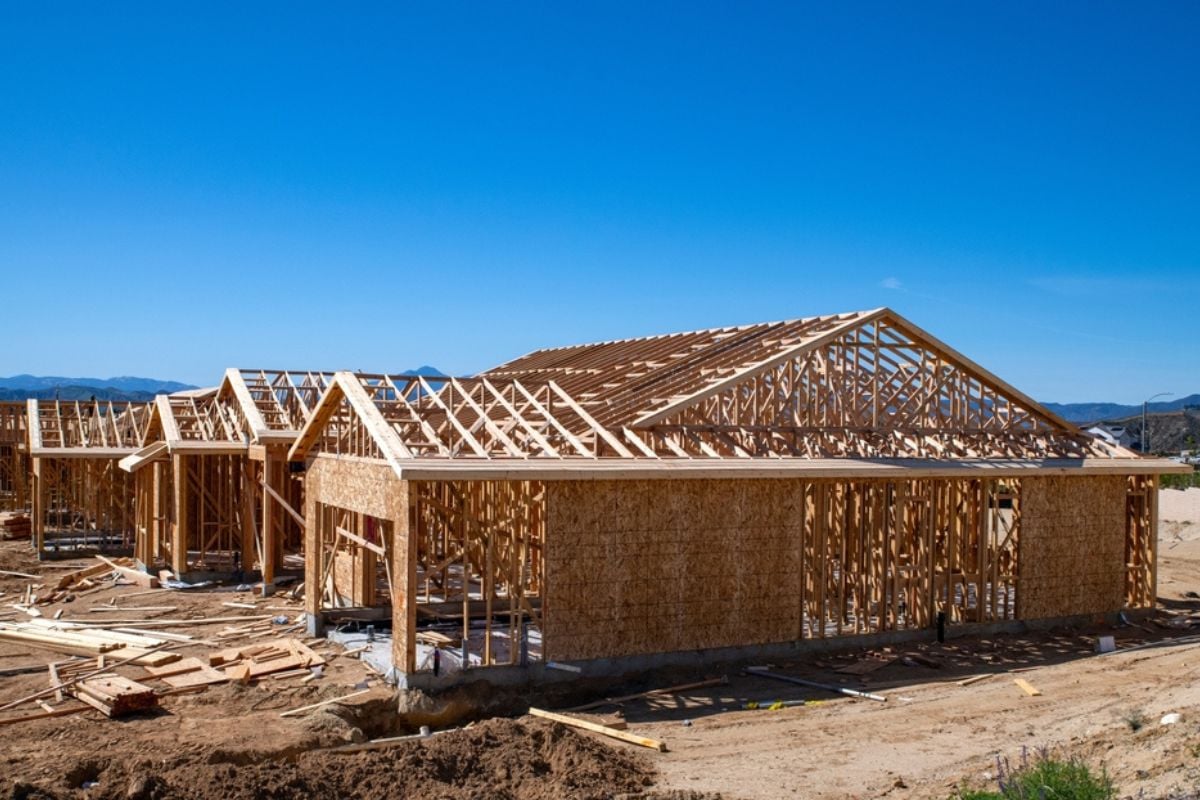
Multiple orange fences and porta-potties on one block tell you the soundtrack for the next few years: early deliveries, hammering, and periodic lane closures. Infill zigzags across a block as permits clear at different times, so the disruption isn’t a single season—it rotates door to door.
Dust and on-street contractor parking can squeeze residents even where rules exist, because enforcement is rarely uniform block by block. Scan permit boards for estimated completion dates and count them; four overlapping projects on a short street is a lifestyle, not a blip.
17) Vacant or “banked” infill lots with recurring weed or code notices
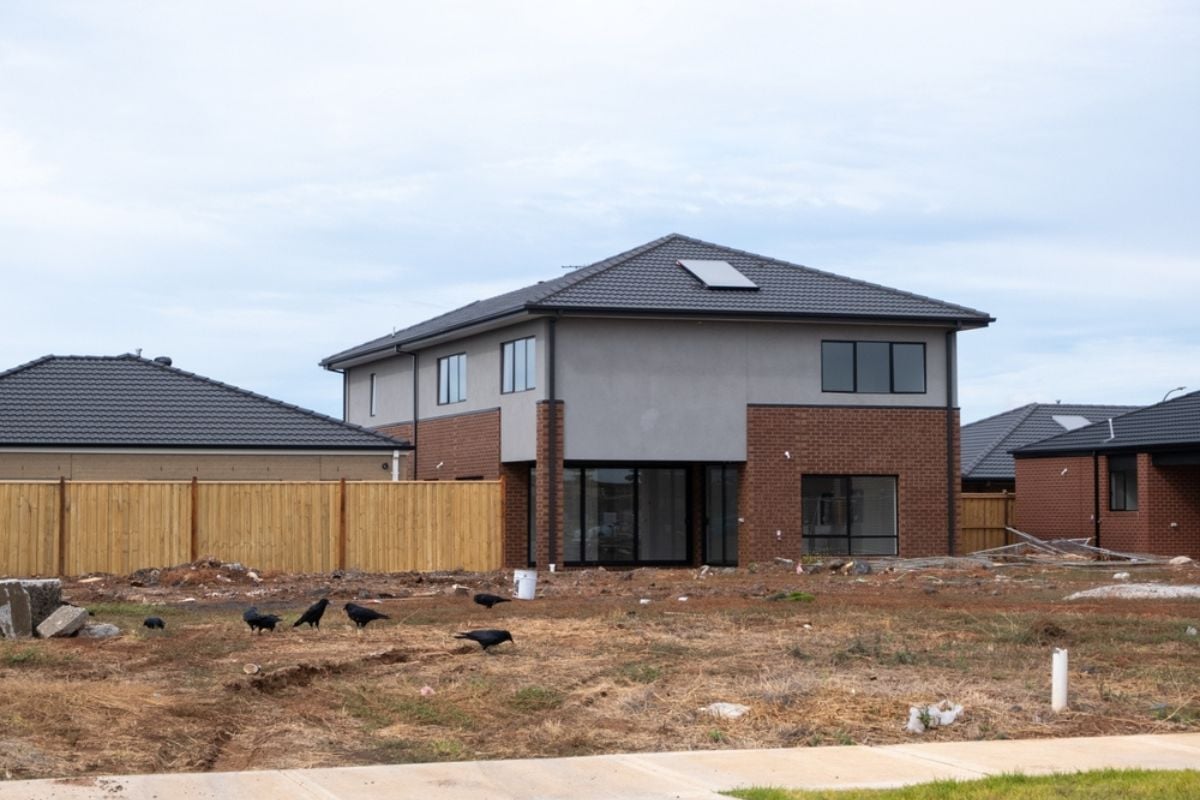
Empty lots aren’t neutral; they often invite dumping, vector pests, and windblown debris that gathers in the same few front yards nearby. Some owners hold parcels while entitlements mature, which means tall weeds, temporary fencing, and sporadic grading for years on this block. Repeated code placards and mow-and-bill tags taped to the same post are a dead giveaway of chronic neglect. Ask neighbors how often they’ve called the city; block history is the best predictor of your weekend chores.
16) Drainage easements or swales running through backyards toward the street
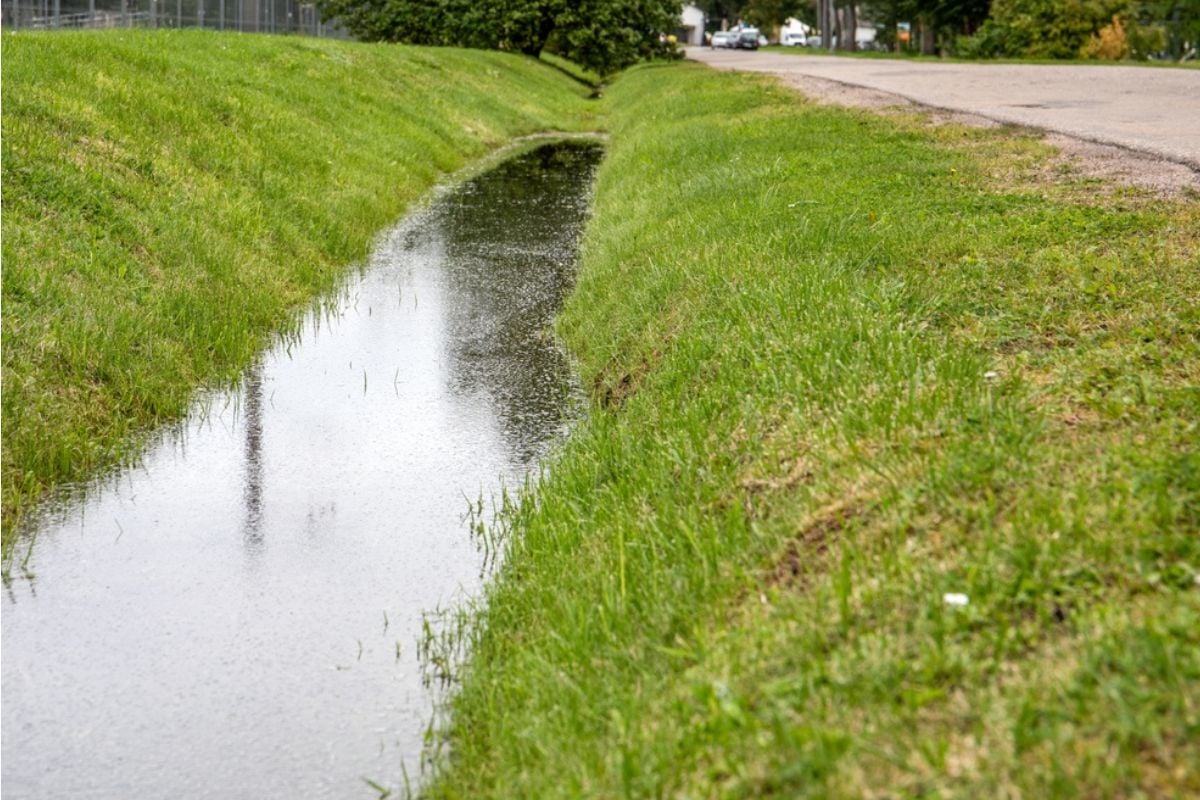
That gentle dip behind the fences may be a storm swale that funnels water right past a handful of homes before it crosses the curb. During cloudbursts, these channels concentrate flow on specific lots, leading to soggy fences, shifted soil, and occasional garage seepage on that block face.
Maintenance responsibility can fall on owners, and poorly kept swales push water onto sidewalks and driveways. Look for waterlines on fence pickets and algae at curb inlets; they’re the neighborhood’s water history written in green.
15) Seasonal odor corridors from lift stations or industrial uses upwind
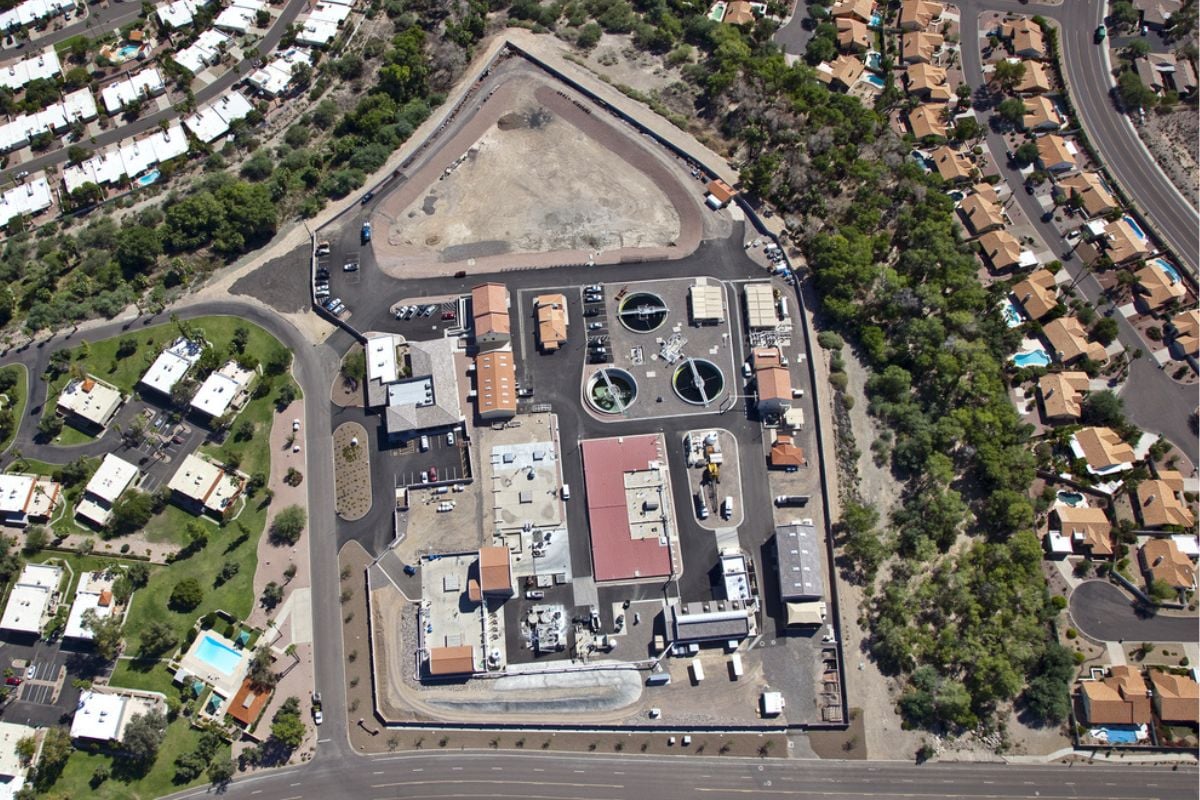
Odors don’t blanket a whole city; they ride micro-wind patterns and cling to certain streets at dawn or after heat spikes. A wastewater lift station two blocks over can make evening porch time less inviting on this block while the next street stays fine. Buyers miss this because tours rarely overlap with the worst hours, and sellers choose showing windows accordingly. Visit after rain, at dusk, and on hot afternoons; the nose test is brutally local.
14) Audible transformer or substation hum at the block’s edge
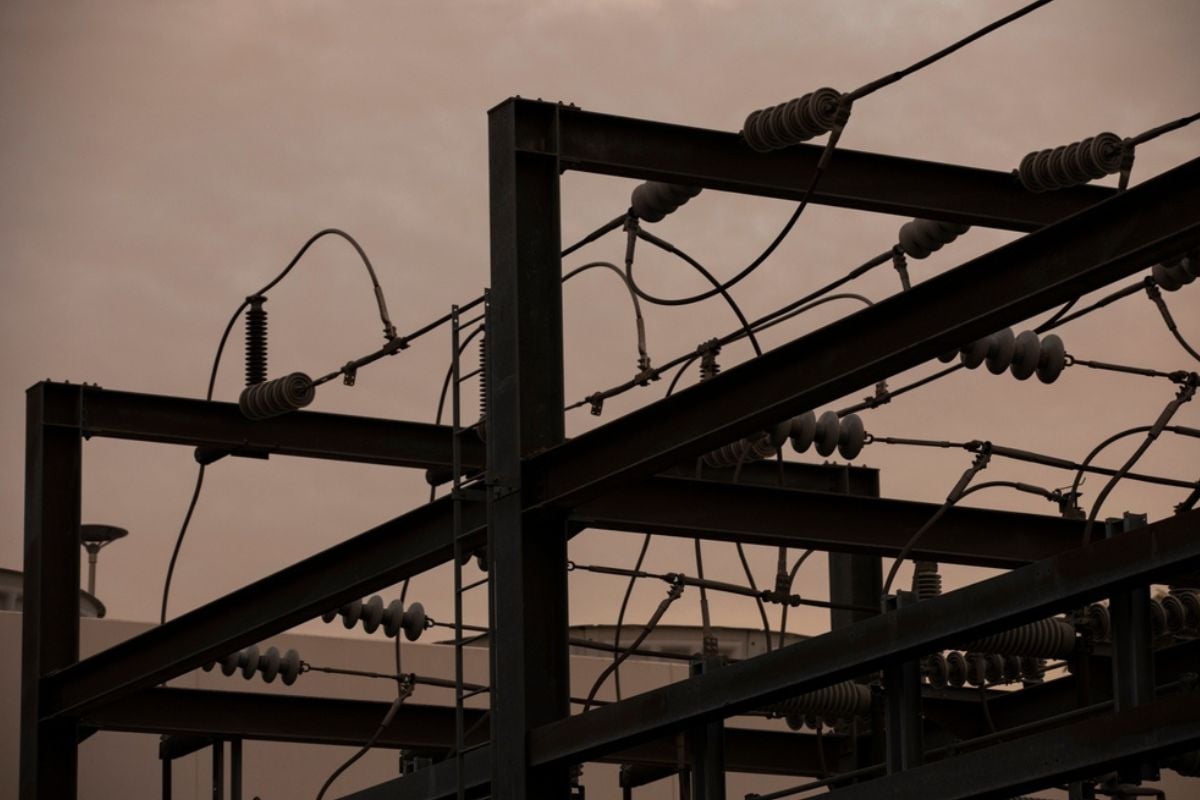
That low, steady buzz isn’t imagined—it’s magnetostriction from energized equipment, and some residents find it maddening in bedrooms with open windows. Substations also bring late-night maintenance lights and occasional switching noise that the broader neighborhood won’t notice, but this edge block will. Vegetation screens hide sights, not sounds, so don’t assume hedges equal quiet. Park, turn the car off, and just listen; if you hear it on the sidewalk, you’ll hear it on the porch.
13) Freight and delivery truck cut-through due to nearby last-mile facilities
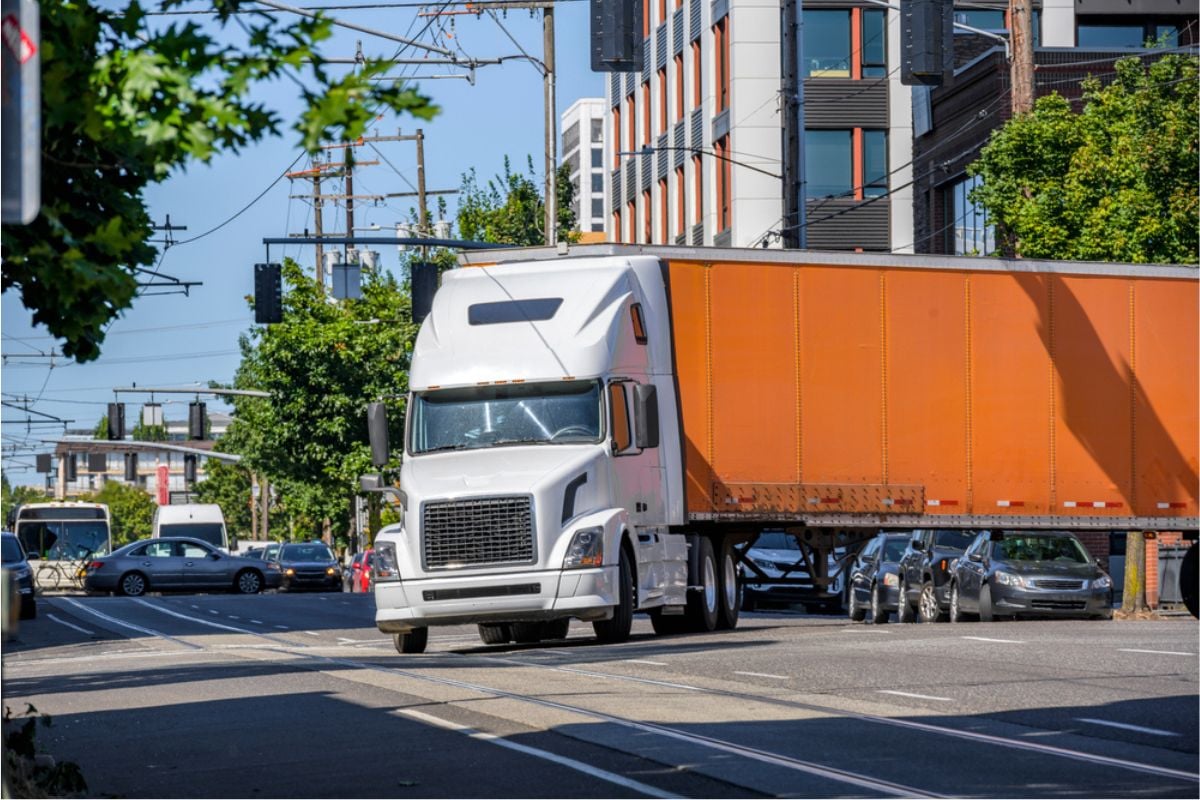
When a logistics yard sits a few blocks away, routing algorithms will discover your quiet street even if the posted route says otherwise. The result is early-morning engine braking, curb wear at corners, and mirrors clipping overgrown hedges on tight turns.
Pavement patching and manhole rocking tend to accelerate on these exact blocks, adding rattles you’ll feel inside. Watch for scuffed curb paint at corners and wide tire arcs; the street tells you who’s really using it.
12) Bus stop or route slated to shift onto the block
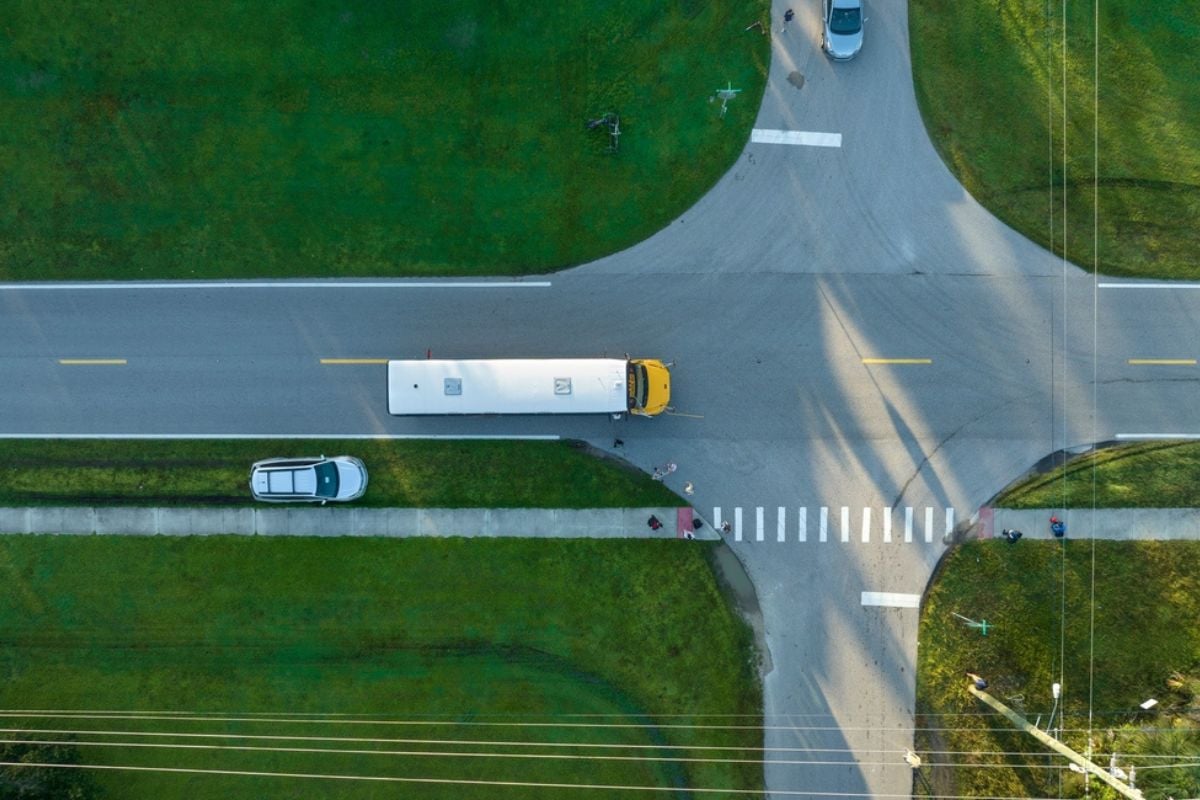
Transit changes can be fantastic access—but a stop placed mid-block brings idling, trash cans, and crowding where none existed yesterday. Agencies post temporary notices on poles before a shift, and only the adjacent houses live with the daily dwell noise and headlight sweep.
Schedules also ripple parking availability when riders “park and ride” on residential curbs. Read the posted service-change bulletins and route maps right there on the pole, not just the system map online.
11) Lax permit parking enforcement causing commuter or event spillover
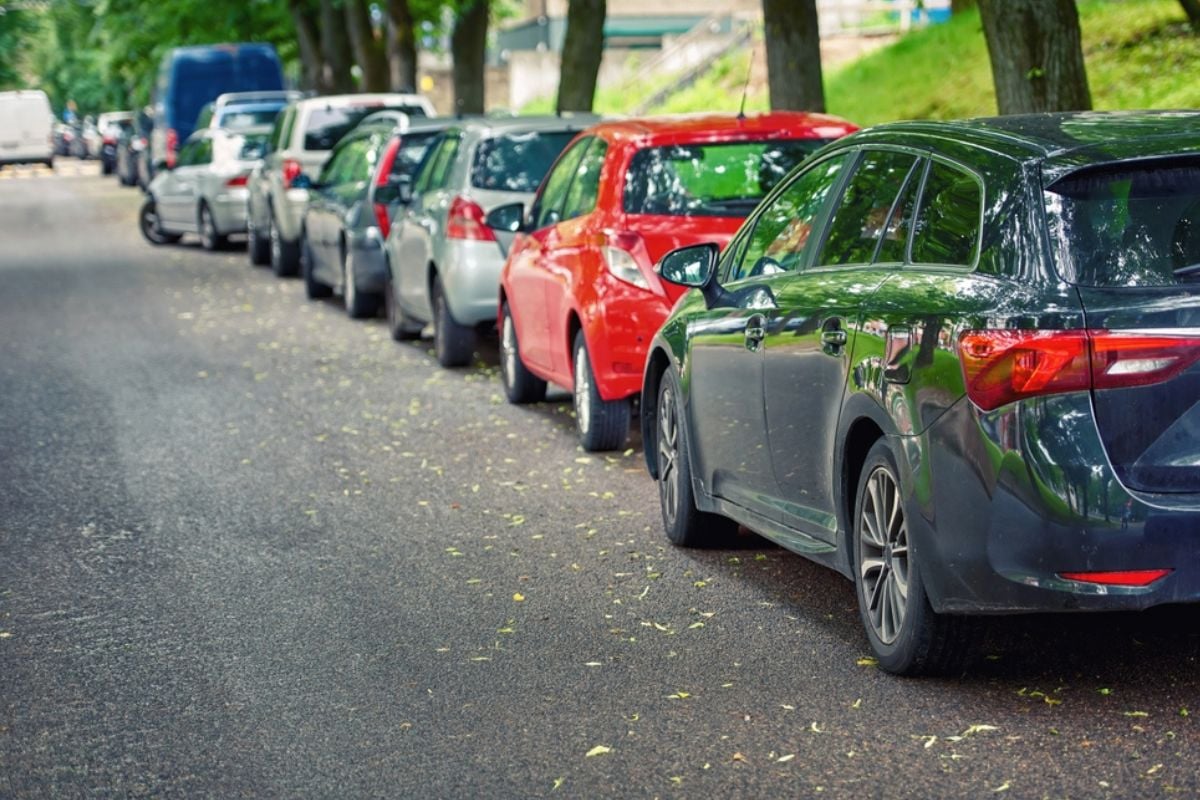
A neighborhood permit zone is only as good as the ticket writer who shows up, and some blocks become safe harbors for outsiders. You’ll know it by the weekday license plate mix and the Friday evening curb drought when venues open nearby.
Residents adapt with cones and notes, but that breeds friction and occasional keying or tow battles right on the block. Check citation counts by street segment if available and visit during the next big game or concert to see real conditions.
10) School pickup and drop-off queue that clogs the street twice a day

Streets within a block of a school can transform into car corrals at 7:30 a.m. and 2:30 p.m., with idling exhaust and honking that drown out porch chats. Driveways get blocked, schedules bend around bell times, and afternoon naps become aspirational.
Even with crossing guards, the queuing pattern often wraps the same few frontages, making those homes bear the brunt. Time your visit to bell times and watch where the line actually forms—it’s incredibly block-specific.
9) High density of short-term rentals on the block
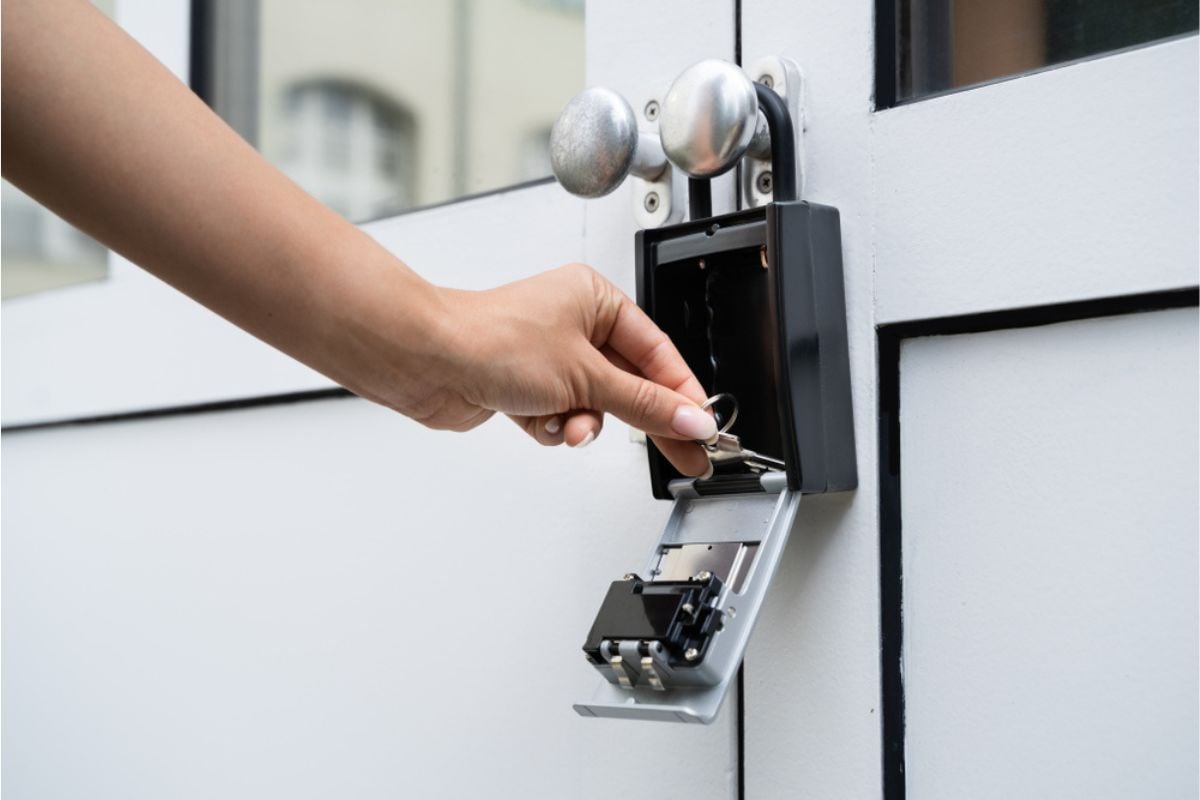
Keypads on every other door and rolling luggage at odd hours tell you this block is doing double duty as a mini-hotel zone. Turnover means inconsistent neighbor etiquette, weekend party spikes, and curb space in constant flux.
Even in permissive cities, enforcement tends to be complaint-driven, putting the burden on the immediate neighbors. Count visible check-in signs and exterior cameras; if it feels like a hotel corridor, your sleep schedule is about to negotiate.
8) Backyard commercial activity creeping into garages
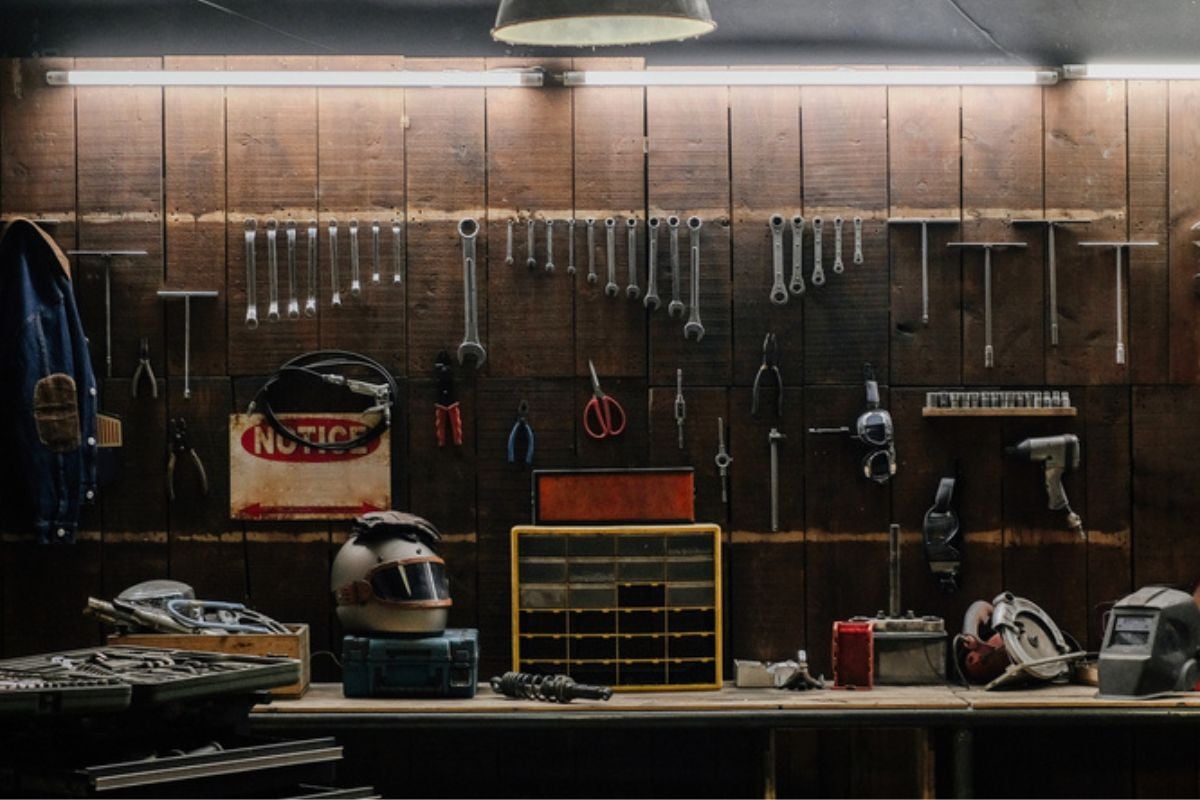
Compressors, spray booths, or unpermitted kitchens tucked into garages can turn a quiet lane into a light-industrial soundtrack. Beyond noise, aerosols and traffic from side gigs concentrate on a handful of houses sharing the alley or lot line. Code enforcement is often polite but slow, so the adjacent block lives with months of “temporary” operations. Listen near side yards and alleys for after-hours hum and solvent smells; that’s where these micro-businesses reveal themselves.
7) Neglected alleys with illegal dumping, rodent bait boxes, or blocked access
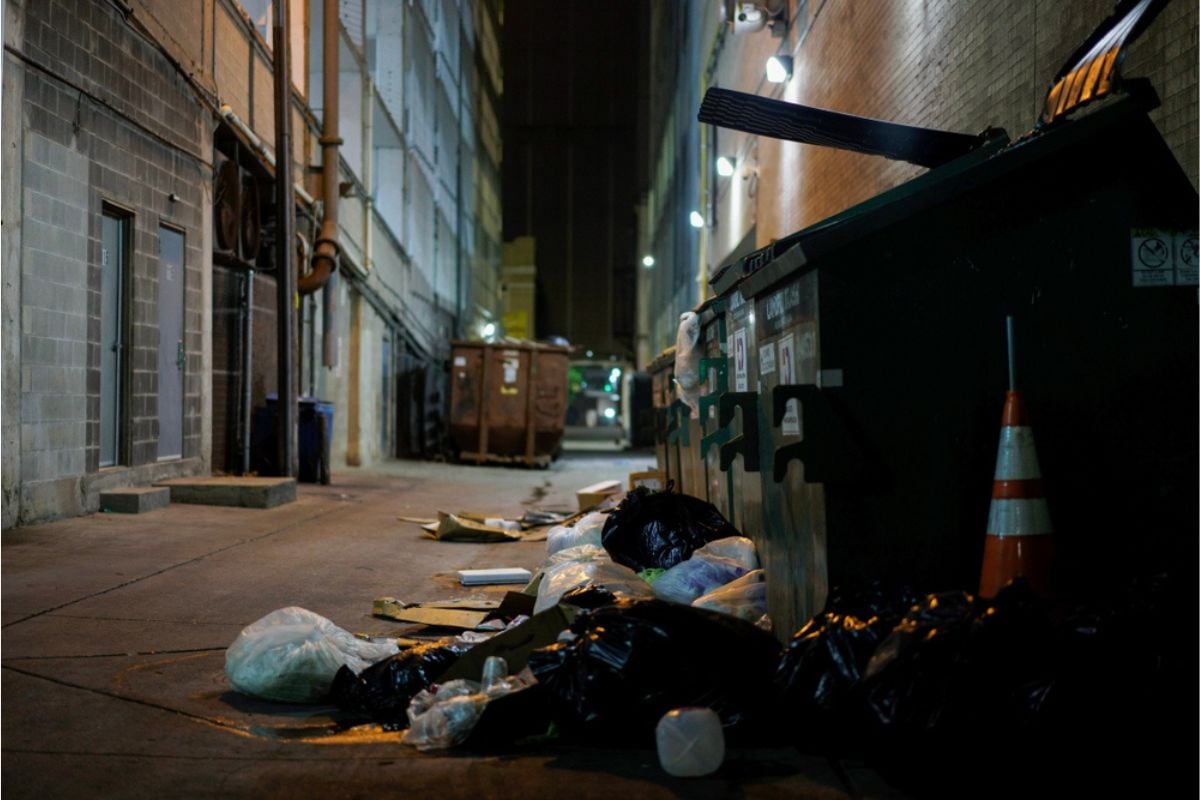
Alleys are the neighborhood’s back lungs, and when they clog, the block wheezes—trash piles invite more dumping and provide cover for pests. Rodent bait boxes every few yards mean someone’s fighting a losing battle, and blocked gates impede emergency access. Delivery trucks will avoid tight, messy alleys and migrate noise and parking to the front curb of the same block. Walk the alley end to end; if it’s tired and dim, the adjacent properties feel it first.
6) Inconsistent or dim street lighting creating dark patches between poles
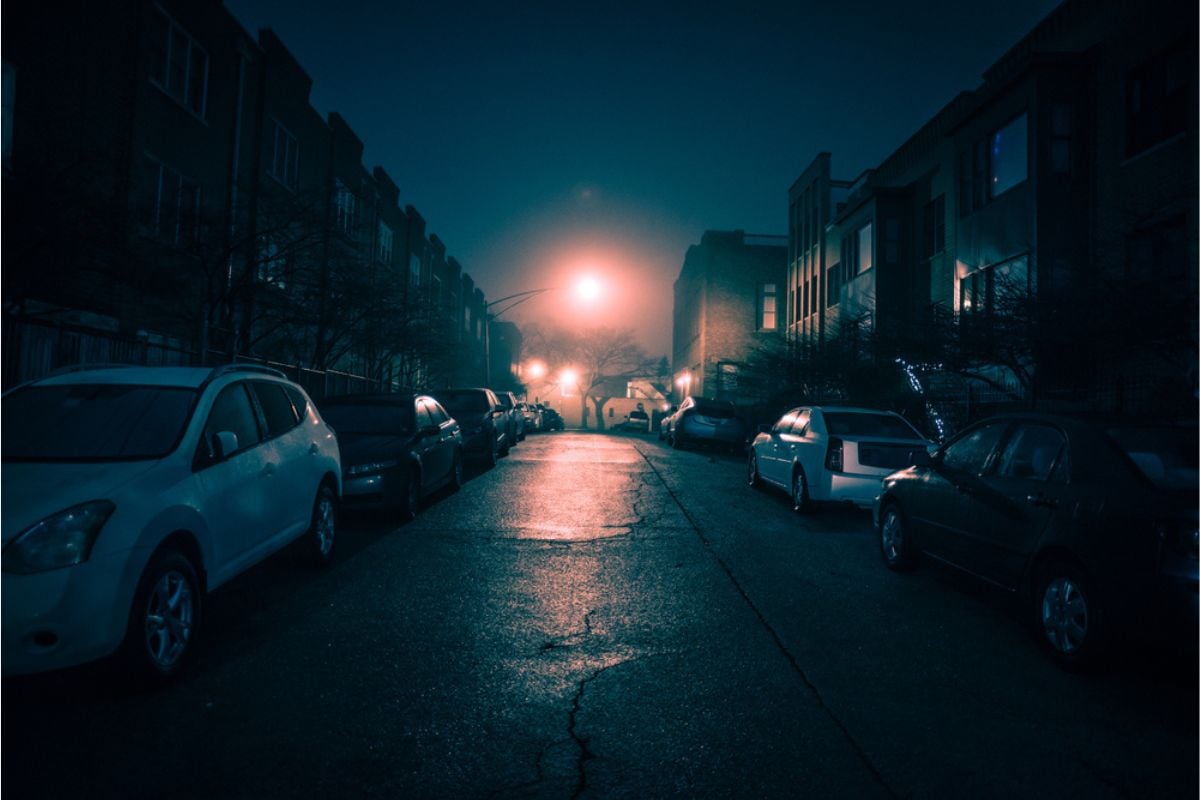
Patchy lighting makes certain doorways and parking spots feel risky even if crime stats look average for the wider area. Older fixtures and canopy-heavy trees combine to create shadow pools exactly where you’d unlock your car. Upgrades roll out piecemeal, so one block may still have amber relics while the next glows bright LED. Return after sunset and look for sharp light falloff between poles; that’s the walking experience you’ll live with.
5) Patchwork asphalt from repeated utility trenching along the street
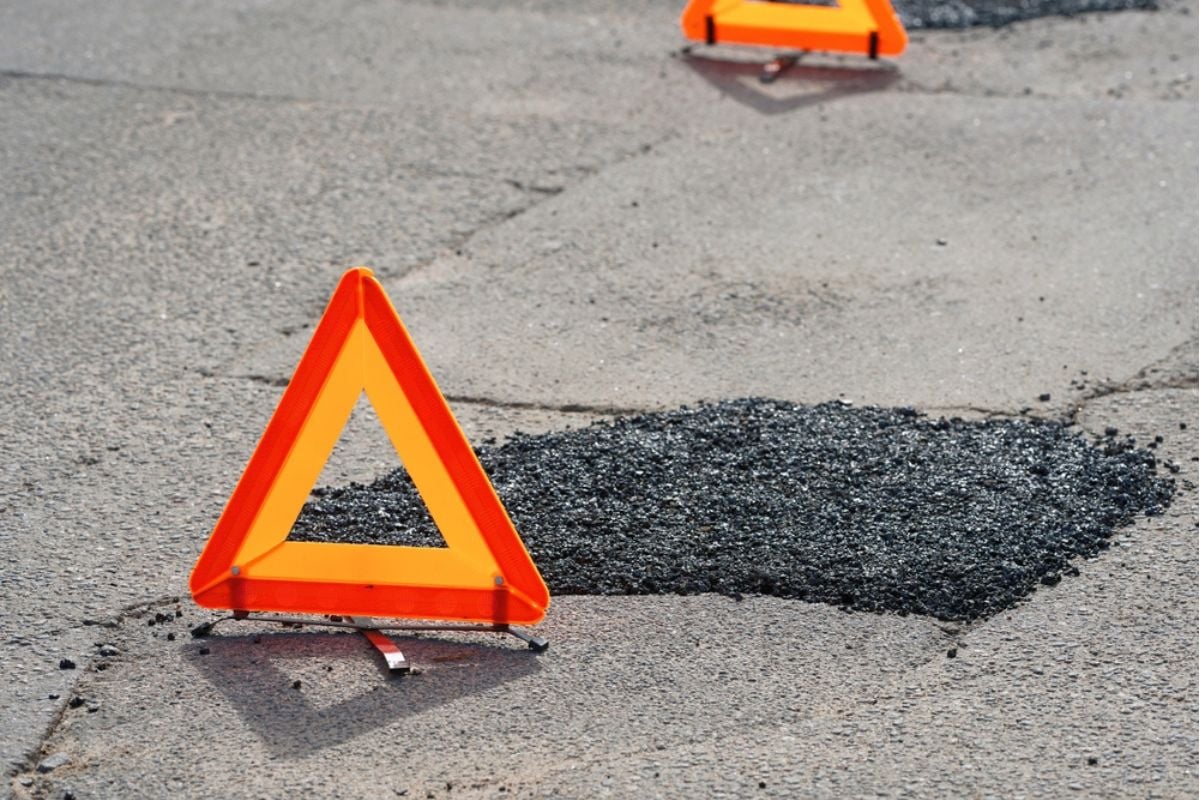
Streets that look like quilts ride like them too—each trench patch settles differently, amplifying tire thumps and bike wobbles. Frequent cuts suggest aging underground utilities that keep failing on this block, not just routine upgrades. Water intrusion at seams accelerates potholes, and curb appeal suffers when the roadway reads as a repair log. Scan for long, parallel saw cuts and mismatched textures; they’re the street’s scar tissue.
4) Chronic ponding around storm drains; water stains on curbs and retaining walls
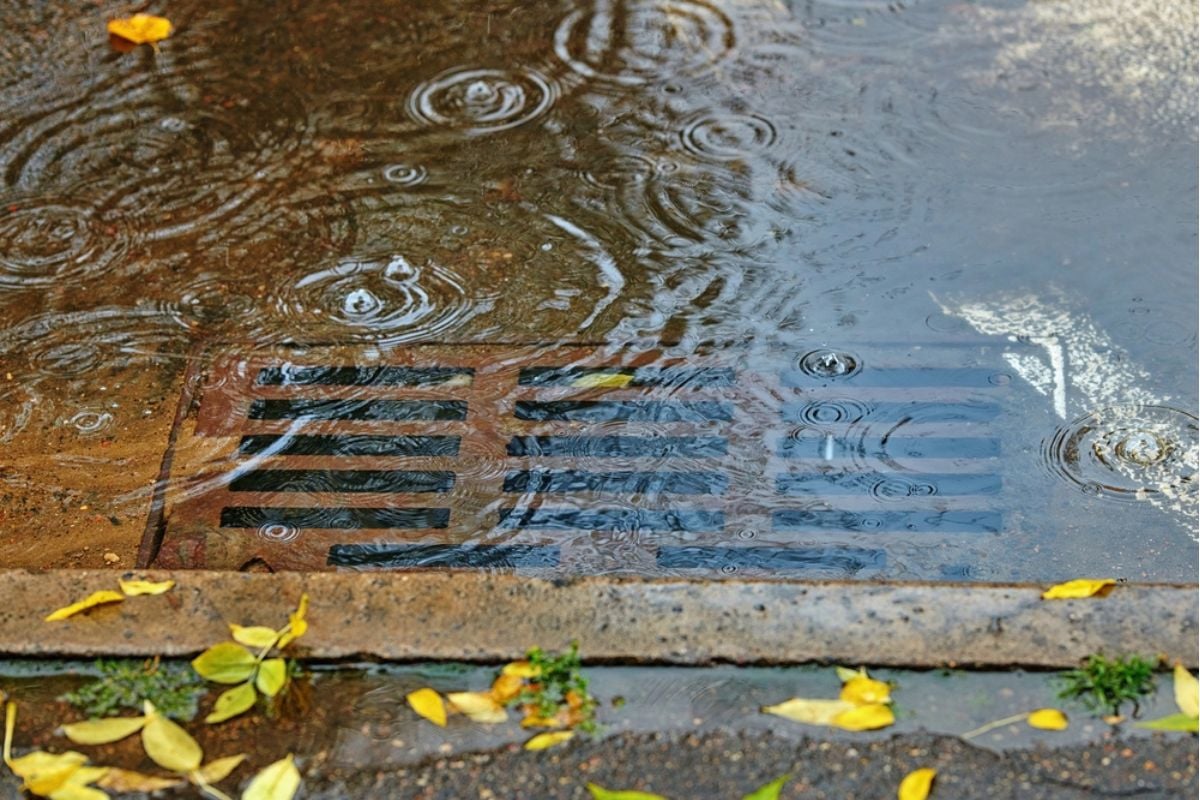
If a storm drain sits slightly high or the crown is wrong, rainwater will camp at the same spots after every shower. Standing water breeds mosquitoes, undermines asphalt, and splashes pedestrians, all concentrated on a few unlucky frontages. The giveaway is a tideline of dirt or algae on curb faces and low retaining walls that doesn’t wash away between storms. Check for catch-basin grades and ask neighbors how often the city vacuums this exact inlet.
3) Sidewalk gaps, tree heaves, and missing ADA curb ramps
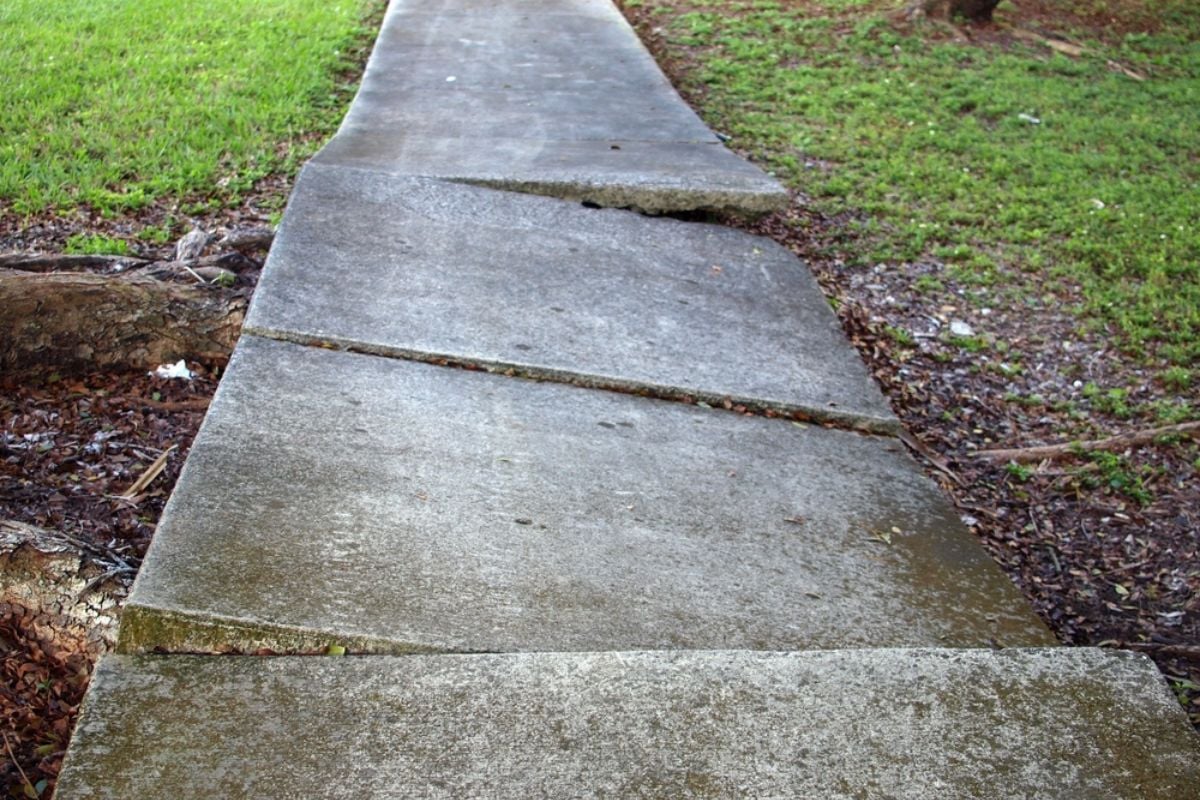
Walkability collapses at the weak link, and on some blocks that link is a missing slab or a two-inch root lift at the driveway. Strollers, wheelchairs, and kids on scooters funnel into the street, creating daily near-misses that don’t show up in crime or crash stats. Cities fix these in batches, but work orders can skip specific segments for years if there’s no complaint. Count the ramps and feel the surface yourself; this is hyperlocal infrastructure that defines how you move every day.
2) Missing or recently removed traffic calming leading to speeding
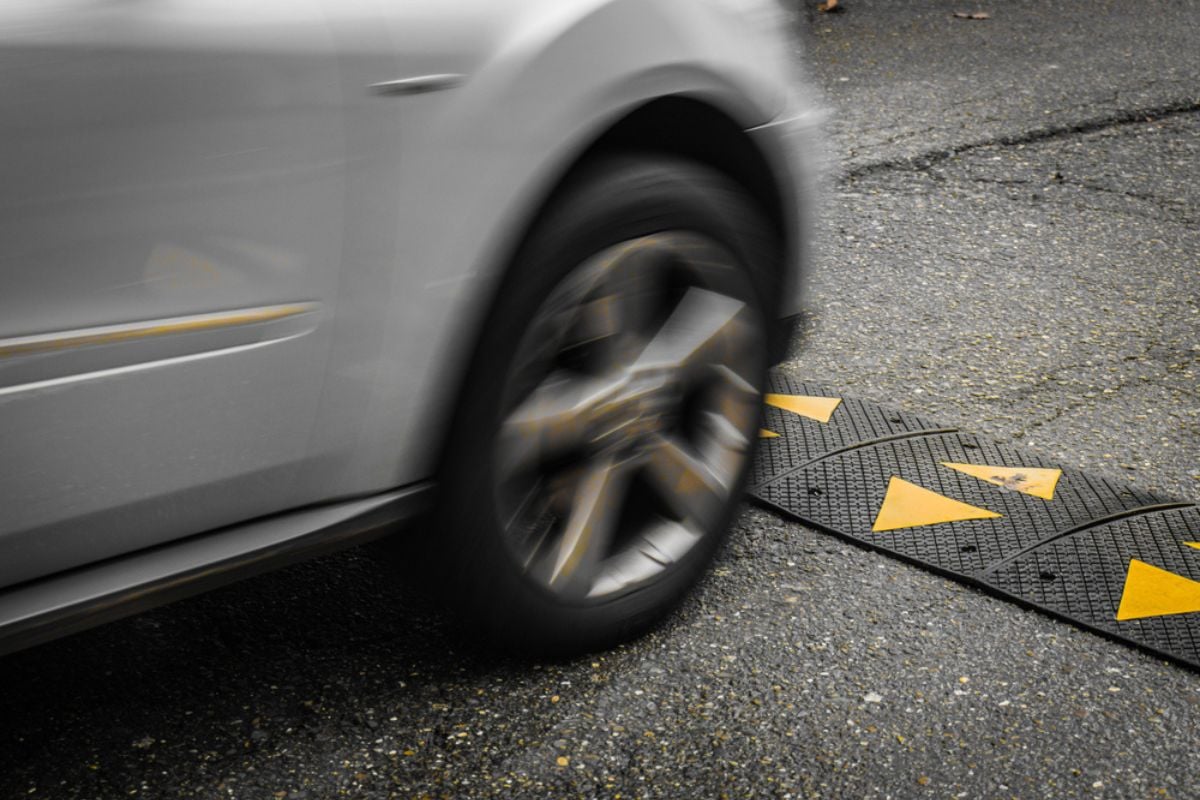
Speed humps, chicanes, and curb extensions tame block-length sprints; when they disappear, drivers quickly revert to 35 in a 25. Removal often accompanies repaving or utility work, and replacement can lag multiple budget cycles, leaving a long window of risk for this street.
You’ll notice fresh blacktop with no markings or curb paint where bollards used to be, an open invitation to cut-through drivers. Stand mid-block for five minutes; if cars crest and coast fast, the physics of the street are working against you.
1) Cut-through “rat-run” traffic on the block during rush hours
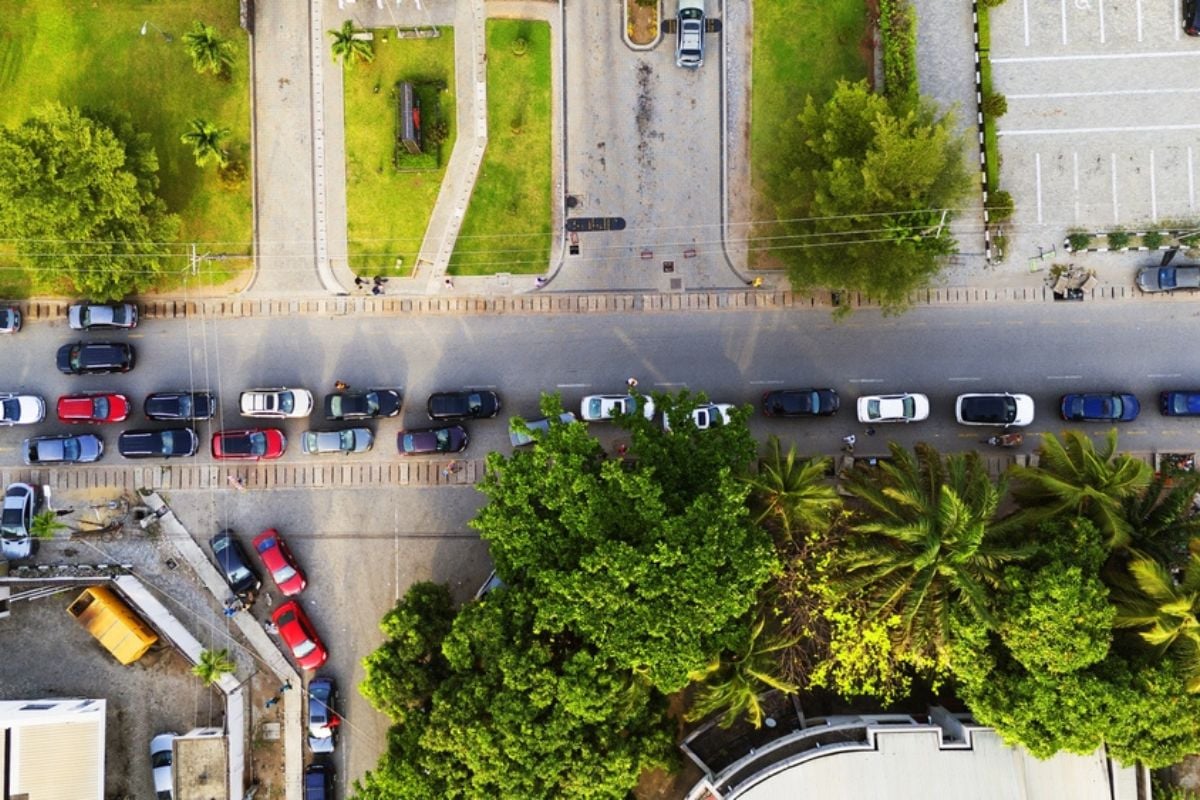
Navigation apps don’t care about your peace and quiet; they will happily route commuters down the narrowest lane to shave 90 seconds. The result is twice-daily surges of impatient drivers who roll stops and block driveways, turning school-bus hours into a street gauntlet.
Traffic counts might look fine averaged over a day, but the block’s quality of life is set by those two loud spikes. Visit during peak periods and watch upstream signals; if they dump cars your way, this block is already on the map.

